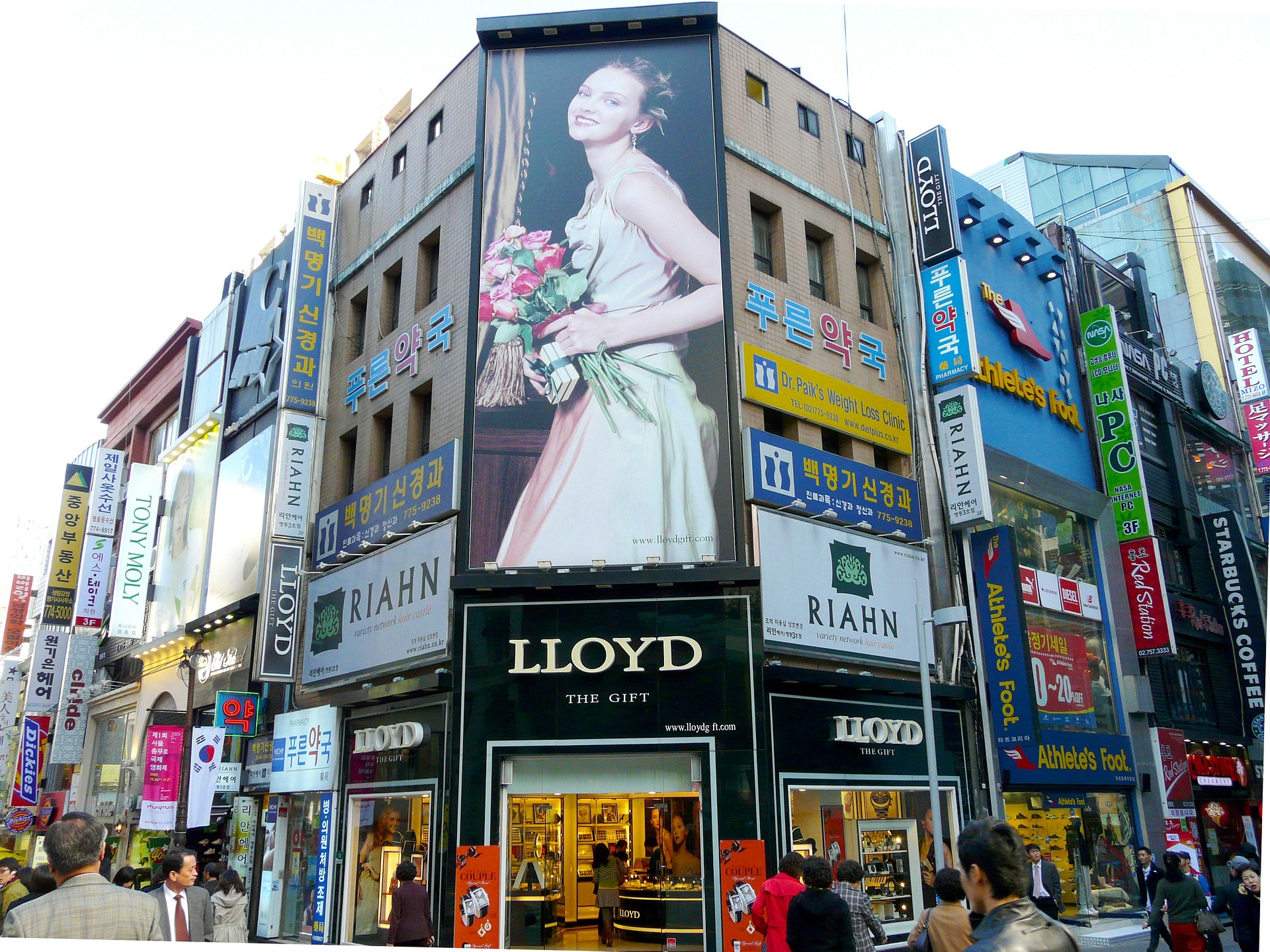More and more businesses are using Instagram advertising to reach and engage with customers. Are you ready to hop on board?
Whether you plan on handling it yourself or working with an agent who provides Instagram advertising services, it’s important to understand what Instagram ads can do for you. Learn more on how ads benefits your business.
In this guide, we’ll cover:
- Setting up your Instagram Ad account
- Creating ad campaigns
- Targeting a specific audience
- Choosing the right ad format
- Monitoring the success of your ads
But first, let’s chat about whether Instagram Advertising is actually right for your business.
Is Instagram Advertising right for me?
If you’re not sure if Instagrams ads will be profitable for you, ask yourself these questions:
What are my business goals?
Instagram tends to work best for businesses that want to build their brand, gather new customers, and convert people who have already made a connection with their business.
What is the nature of your business?
Instagram is an effective advertising platform for all kinds of businesses selling physical products or professional services. As a visual platform, strong brand imagery is crucial.
Who’s your target audience?
Although a wide range of people uses Instagram, the demographic is younger than Facebook users. Instagram’s advanced targeting features will help you narrow down your audience and reach the right people.
How to set up Instagram Ads
You’ll need two important things before you can start creating ads:
- Facebook Ads Manager account (since Instagram is owned by Facebook, you’ll be making all your ads through here)
- A business account on Instagram (only business accounts can run ads)
Now let’s dive into the good stuff. Making your ads.
In Facebook Ads Manager, you’ll be guided through a step-by-step process.
Campaign
this is where you’ll choose your objective. What do you want the ad to achieve? It could be anything from getting more store visits, reaching a wide audience, or gaining lots of engagement.
Instagram breaks campaign goals into three sections: Awareness, Consideration, and Conversion
Ad Set
here you’ll pick the finer details of how the ad will run. That includes who you target, how long the campaign will run for, how much you want to spend, and where the ad will show.
Ad Level
now you can decide on what actually goes into your ad. The copy, the images, videos, colors, etc. It’s up to you to create ad content that is highly relevant and engaging for your audience.
How to target the right audience with Instagram Ads
The great thing about Instagram ads is that you get access to Facebook’s powerful targeting options.
That means you can target people based on location, gender, age, job title, relationship status, etc. You can also target based on interests such as yoga, camping, cat owners, etc.
Some cool Instagram targeting features include:
Connections
this feature lets you target people who like your page or friends of those people. You can even exclude people who like your page if you want to reach new customers.
Custom Audience
use this feature to reach people who have previously interacted with your business. E.g. visited your site, signed up for your newsletter, or watched your videos.
Lookalike Audience
this feature helps you target people who haven’t interacted with your business before but are similar to people who have.
How much does Instagram advertising cost?
Instagram advertising is a form of Paid per Click (PPC) advertising. This means you pay every time someone performs a particular action on your ad or sees your ad – it all depends on the goals you set at the beginning of your campaign.
When setting your budget, there are two options:
Daily budget
set how much you want to spend per day the campaign is running.
Lifetime budget
set how much you want to spend over the whole length of the campaign.
While you can start with a budget as low as $5 per day, you’ll want to come at your budget with a strategic approach. Think about your product, profit margins, and business objectives.
At the end of the day, you want to find the sweet spot that gets you the best return on investment (ROI).
Which ad formats perform best on Instagram?
Instagram offers a number of visual-based ad formats. The ideal one for your business will depend on the nature of your industry, your target audience, and the objectives you want to achieve.
Sometimes it takes testing out a few different formats to see what your audience responds well to.
Single Image Link Ad
Simple and straight to the point. This ad format works well if you want to get one clear message to your audience.
Video Ad
Show up to 60 seconds of video and captivate your audience with both visual and audio elements. Protip: adding captions can improve watch time.
Carousel Ad
Show multiple images or videos and link to different pages on your website. This is a good format if you’ve got a lot to showcase.
Slideshow Ad
Best for when you want to show multiple images. It’s automatic, so the user doesn’t have to slide through.
Story Add
Want to reach people while they’re watching Instagram stories? This format lets you use photos, videos, or a combination of both.
How to monitor the success of your Instagram campaign
All the data about your campaign is collected in Facebook Ads Manager. Some of the most important metrics to look at are:
Impressions
how many people saw your ad
Clicks
how many clicks your ad received
Cost per action (CPA)
how much you pay each time someone completes the desired action such as signing up for a newsletter or making a purchase
That’s cool and all, but what’s so important about monitoring your campaigns?
When you know the numbers, you can put more of your budget into the ads that are working and scrap the ones that aren’t. It’s all about optimizing your ads to drive up conversions and lower your CPA.
Over to you
If you’re just diving into the world of Instagram marketing, hopefully, you feel more confident having read this guide. Of course, there’s so much more to discuss – from utilizing hashtags to crafting a click worthy call-to-action and leveraging user generated content… But that’s for another day.
Read Also:
- A guide to Running your Instagram Marketing Campaign
- Getting Familiar With The Types Of Instagram Contests
- New Platforms to Explore in Advertising this Year
- 6 Ways To Increase Real Instagram Followers Without Spending Money!
- How To Improve Your Social Media Branding By Getting More Instagram Followers And Likes






















